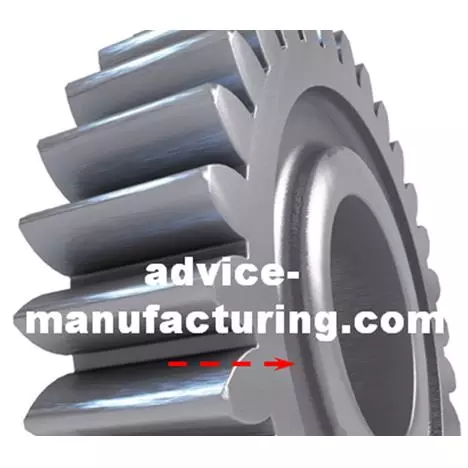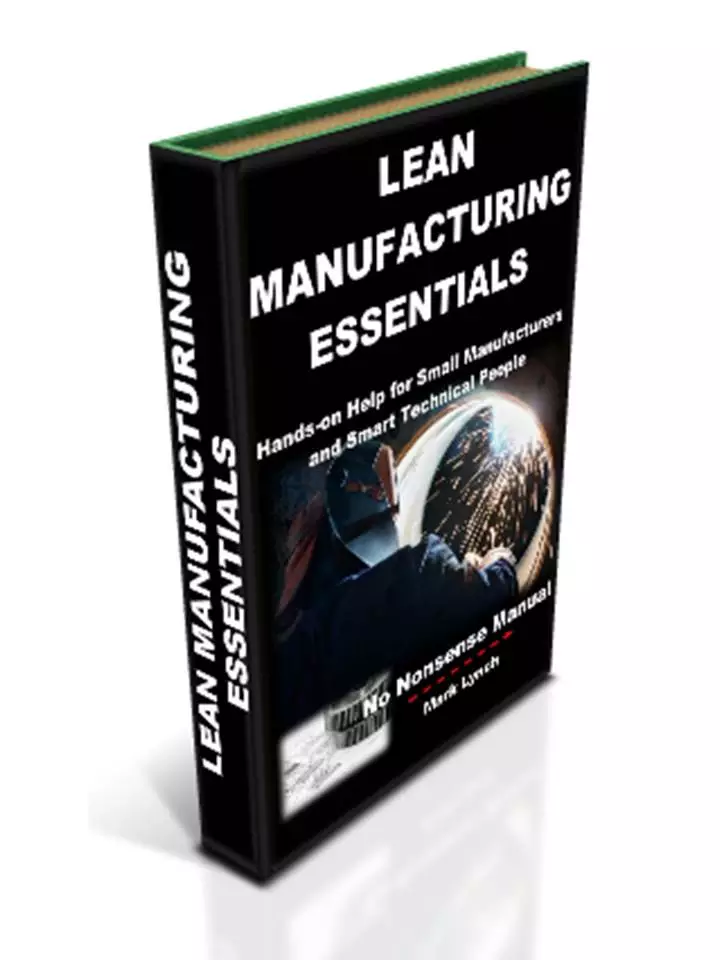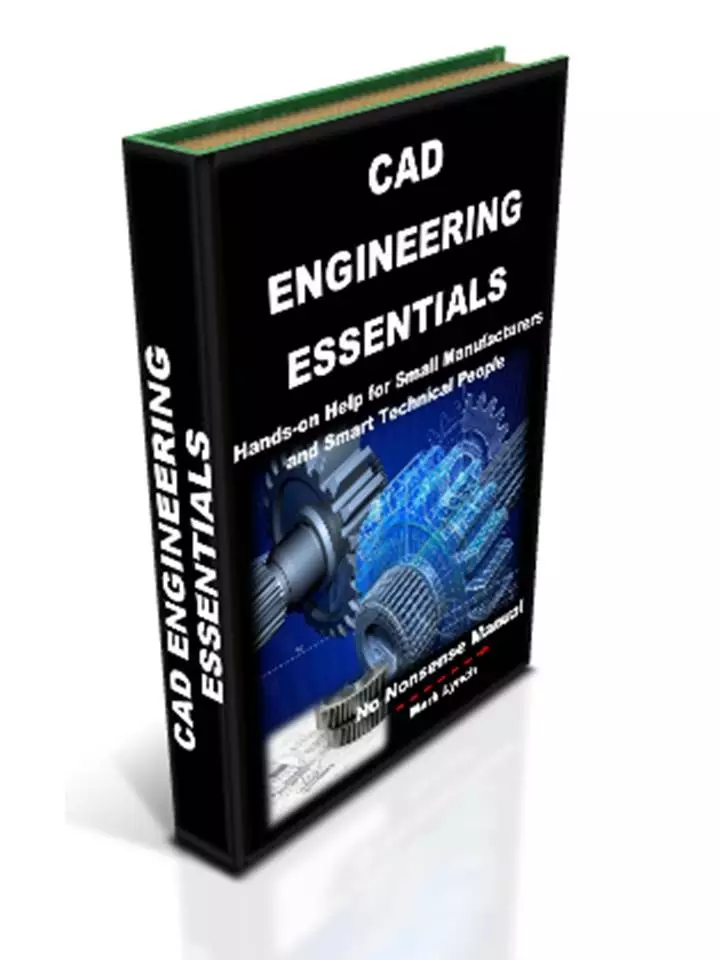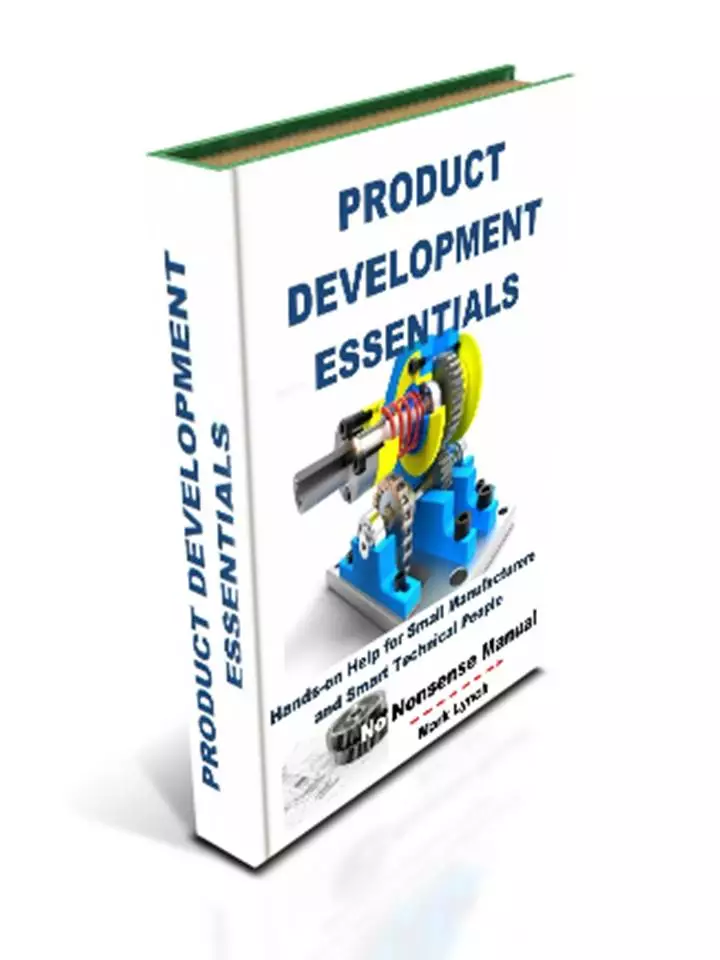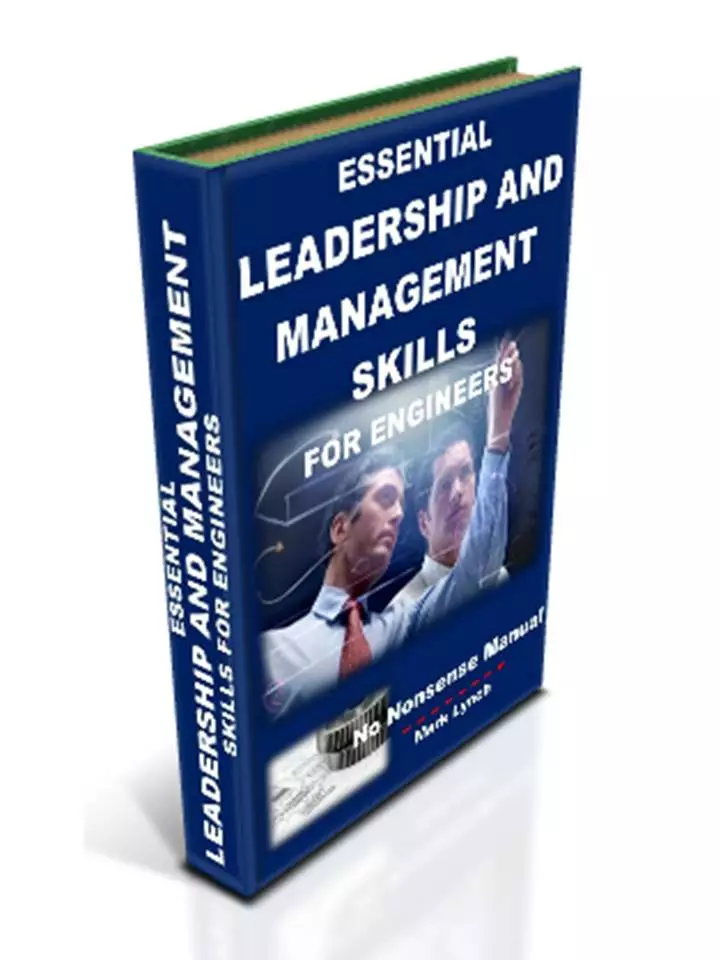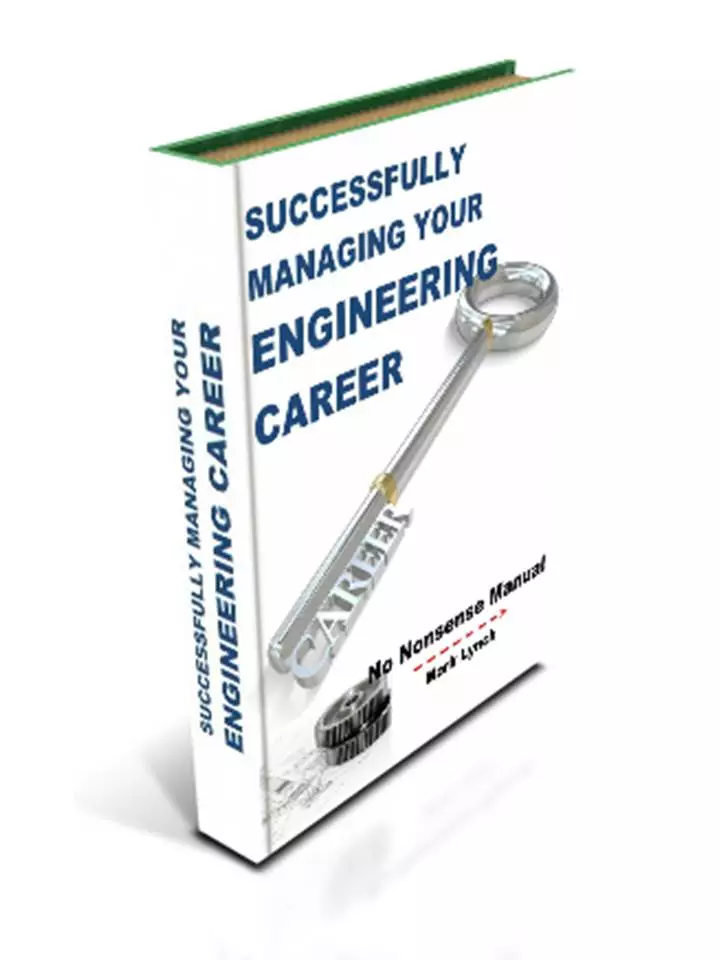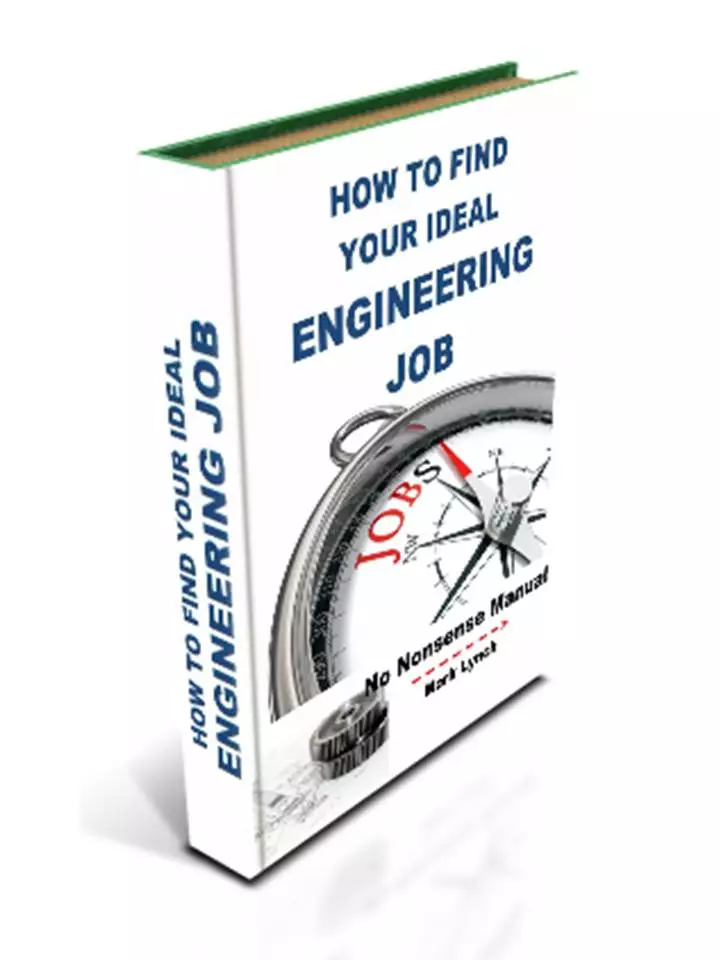'Hands-on Help for SMEs' and Smart Technical People'
Detail Design:
Physical Prototyping and Working with your Hands
Essential Product Development for Engineers
Physical Prototyping and Working with your Hands
As stated above 3D CAD clearly has numerous advantages, not least being able to speed up the iterations between designing, testing, modifying and retesting. However a consequence of this may be the potential for Design Engineers to be heavily office based. An alternative approach could be for Design Engineers to work closely with technicians, frequently visiting the shop floor, workshop environment or the research lab.
This tends to breed success by sharing ideas and knowledge to produce the best practical solutions. As such, during Detailed Design there should be a conscious effort for Design Engineers to get involved and handle physical parts. They should be encouraged to get their hands dirty by trying out ideas in the workshop, working closely with technicians and proving out concepts from a practical point of view.
Physically handling components and assemblies provides an invaluable understanding and offers a perspective not truly available even with 3D CAD. Design for manufacture and assembly issues can be spotted and resolved much earlier. The ability to build a prototype or assemble a number of components dramatically increases your ability to understand how parts and assemblies will be manufactured and fitted in the real world. Build sequences can be honed, particularly when planning for batch or mass production.
In addition, the ability to refine an idea is best achieved by having the part in your hands, so you can better understand how it will be used and therefore how it needs to be improved. This may involve small modifications to form, ergonomics, access etc. Clearly, this is critical for consumer products, but it may also be important for capital goods. Being able to appreciate physical prototypes and how they help a design evolve ultimately makes you a better all-round design engineer.
For modelling, a wide variety of traditional materials exist where ultimately the aim is a physical representation. On the other hand, prototyping often involves using materials a little closer to those used during final production.
3D Printing (or Additive Manufacturing), derived from 3D CAD data, provides a means for desk-based design engineers to rapidly prototype and handle 3D parts. 3D Printing equipment can be housed in the design office or components can be outsourced to a 3D Printing bureau. This works for many design engineers, who potentially may be working remotely from any workshop or lab facility. Again, the ability to physically handle a 3D part is priceless and adds real value to the design process. However the 3D printed part does not necessarily give you the design-for-manufacture factors you will need to consider. Workshop-based prototyping is more likely to achieve this.
Our 3D Printing / Additive Manufacturing section gives a comprehensive overview of the technology, from an industry perspective. Here we take a closer look at 3D Printing, with a view to gaining a better understanding of how it can assist product development for small manufacturers, CAD designers and engineering consultants. Topics covered include the different 3D printing techniques and technologies, the range of materials including metals, design for 3D printing, benefits of using bureaus, 3D printing jigs, fixtures and manufacturing tooling, as well as future trends for the technology. Our 3D Printing / Additive Manufacturing section can be found here.
In summary then, physical prototyping and modelling, in conjunction with 3D CAD, facilitates a thorough detailed design stage. In turn, this is most likely to produce a successful product.
How Physical Prototyping can Assist the Development Process
Next... Engineering Analysis and Product Testing
Back to Product Development Essentials
When was the last time your business developed a NEW product? ...Or is 'Product Development' too far removed from your core Production Engineering activities?
Does your firm have a clear product development process, with a number of new products released to date? ...Or alternatively, do you think bread and butter production engineering is really what matters? Tell us about your product development experiences...
Share your story...and receive a FREE copy of our report 'Helping Your Manufacturing Business Thrive'...
PS: Feel free to name-drop your firm! There's nothing wrong with a bit of free publicity!
